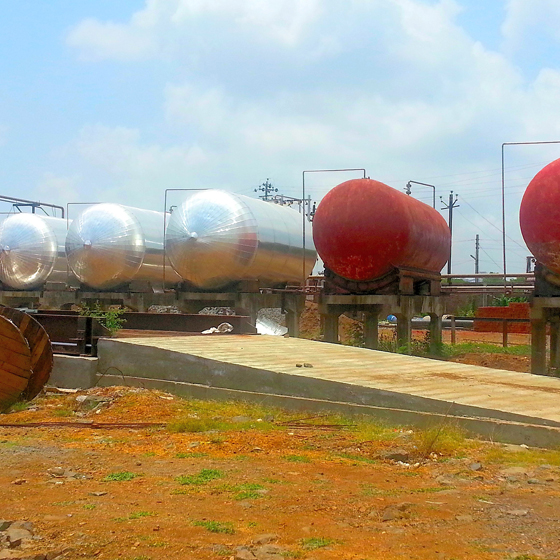
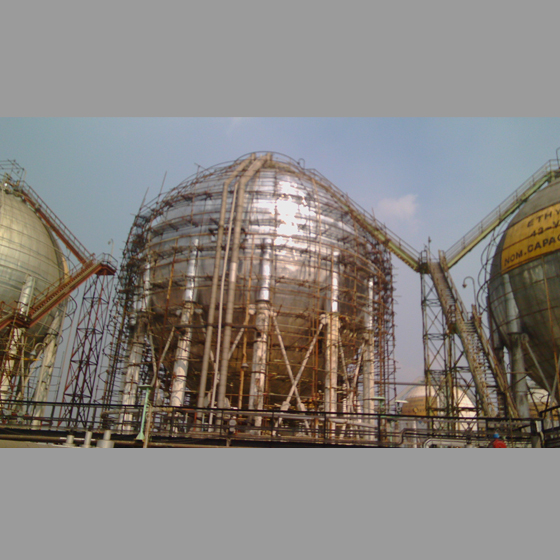
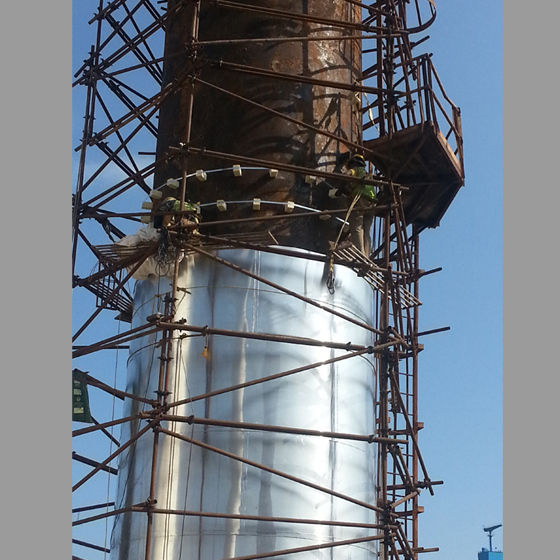
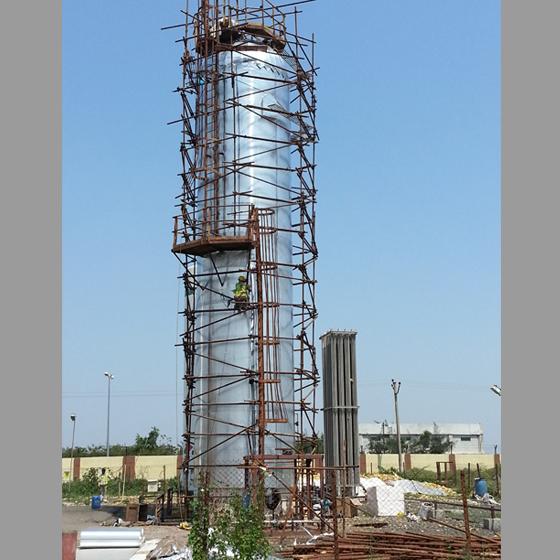
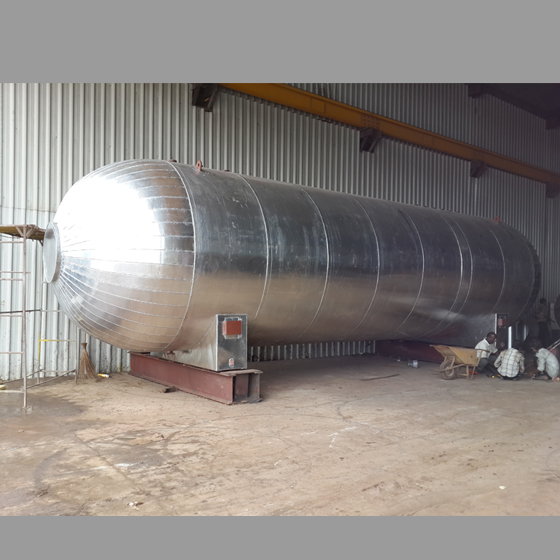
The insulation of tank is done to preserve the temperature inside the tank. The tanks can be vertical or horizontal, fixed or mounted on vehicles for transportation. The ends can be parabolic dish or flat as per requirement. CO2 (carbon dioxide) tank insulation or NH3 (ammonia) tank insulation is done on a very large scale.
These tanks can be of irregular shape. For void free insulation and to avoid sweating over the surfaces proper insulation is required. Proper temperature can be maintained with minimum heat loss through proper insulation. Insulation properties of polyurethane foam are much better than other insulating material hence it is preferred over other insulating materials.
Cladding is done over the tanks using various surfaces such as
Thickness of insulation varies as per the ambient temperature and the internal temperature of the tank to be maintained.
The density of Polyurethane foam insulation is maintained around 40kg/m3.
Higher densities are also achieved as per the requirement of the customer.
PIR can also be used as an insulating material.
Dual insulation can also be done as per requirement of customer.
Advantages with In-situ foaming in Pipe lines: